Trim for flaps
now... go take those merlin engines out for a spin!
The de Havilland DH.98 Mosquito is a British twin-engine shoulder-winged multi-role combat aircraft. The crew of two, pilot and navigator, sat side by side. It served during and after the Second World War. It was one of few operational front-line aircraft of the era whose frame was constructed almost entirely of wood and was nicknamed The Wooden Wonder.[4] The Mosquito was also known affectionately as the "Mossie" to its crews.[5][nb 1] Originally conceived as an unarmed fast bomber, the Mosquito was adapted to roles including low to medium-altitude daytime tactical bomber, high-altitude night bomber, pathfinder, day or night fighter, fighter-bomber, intruder, maritime strike aircraft, and fast photo-reconnaissance aircraft. It was also used by the British Overseas Airways Corporation (BOAC) as a fast transport to carry small high-value cargoes to, and from, neutral countries, through enemy-controlled airspace.[7] A single passenger could ride in the aircraft's bomb bay when it was adapted for the purpose.[8]
When Mosquito production began in 1941 it was one of the fastest operational aircraft in the world.[9] Entering service in late 1941, the first Mosquito variant was an unarmed high-speed, high-altitude photo-reconnaissance aircraft. Subsequent versions continued in this role throughout the war. The first Mk. B.IV bomber, serial no. W4064, entered service with No. 105 Squadron on 15 November 1941. From mid-1942 to mid-1943, Mosquito bombers flew high-speed, medium or low-altitude daylight missions against factories, railways and other pinpoint targets in Germany and German-occupied Europe. From June 1943, Mosquito bombers were formed into the Light Night Strike Force and used as pathfinders for RAF Bomber Command heavy-bomber raids. They were also used as "nuisance" bombers, often dropping Blockbuster bombs – 4,000 lb (1,800 kg) "cookies" – in high-altitude, high-speed raids that German night fighters were almost powerless to intercept.
As a night fighter from mid-1942, the Mosquito intercepted Luftwaffe raids on Britain, notably those of Operation Steinbock in 1944. Starting in July 1942, Mosquito night-fighter units raided Luftwaffe airfields. As part of 100 Group, it was flown as a night fighter and as an intruder supporting Bomber Command heavy bombers that reduced losses during 1944 and 1945.[10][nb 2]
The Mosquito fighter-bomber served as a strike aircraft in the Second Tactical Air Force (2TAF) from its inception on 1 Jun 1943. [11] The main objective was to prepare for the invasion of occupied Europe a year later. In Operation Overlord three Mosquito FBVI Wings flew close air support for the Allied armies in co-operation with other RAF units equipped with the North American B-25 Mitchell medium bomber. In the months between the foundation of 2TAF and its duties from D day onwards, vital training was interspersed with attacks on V-1 flying bomb launch sites. [12]
Specifications
General Characteristics
- Successors 1 airplane(s) +14 bonus
- Created On Mac
- Wingspan 56.2ft (17.1m)
- Length 36.6ft (11.1m)
- Height 12.8ft (3.9m)
- Empty Weight 6,128lbs (2,779kg)
- Loaded Weight 9,867lbs (4,475kg)
Performance
- Horse Power/Weight Ratio 0.557
- Wing Loading 16.7lbs/ft2 (81.3kg/m2)
- Wing Area 592.3ft2 (55.0m2)
- Drag Points 6227
Parts
- Number of Parts 91
- Control Surfaces 7
- Performance Cost 484

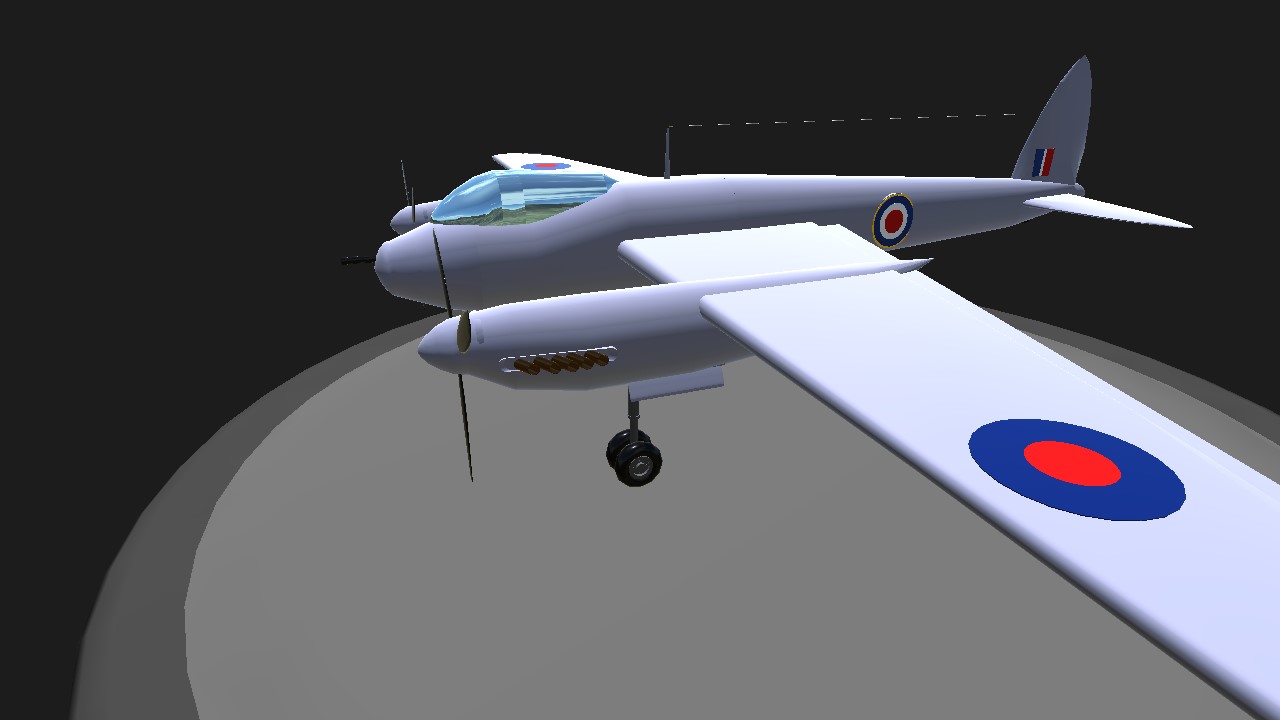

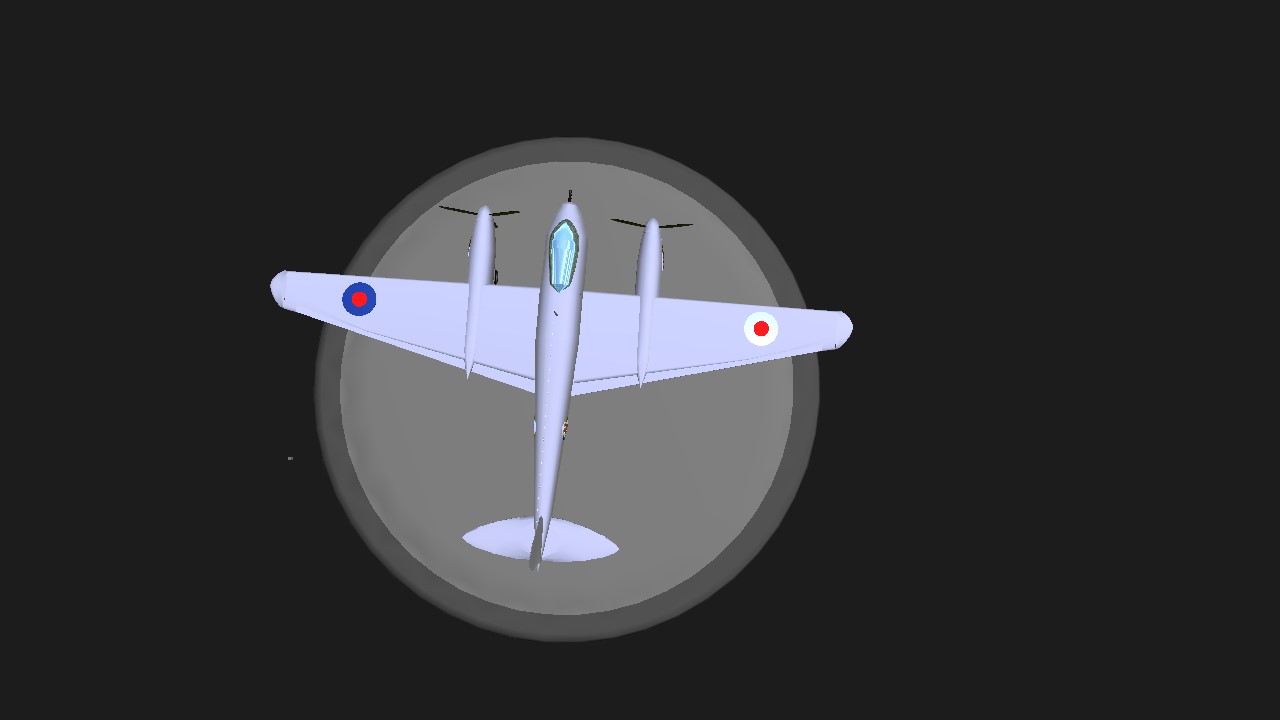
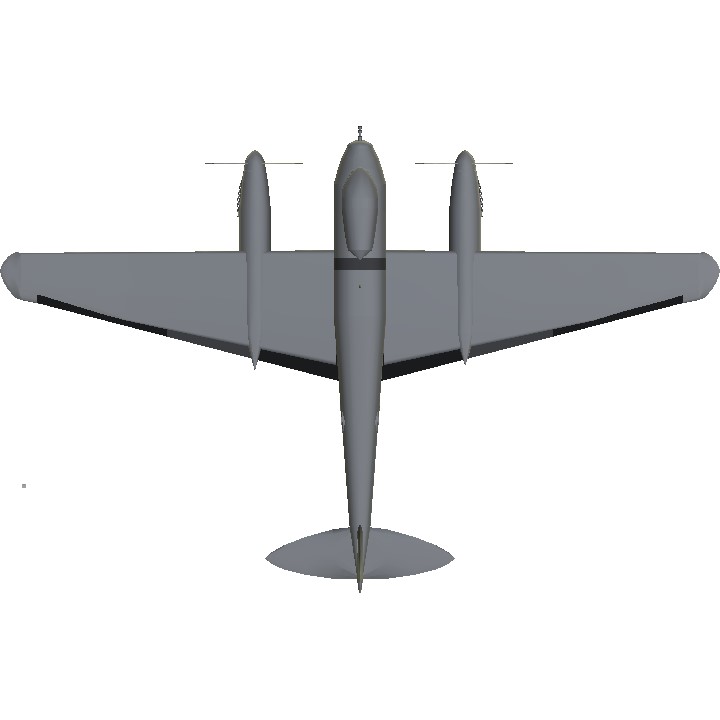
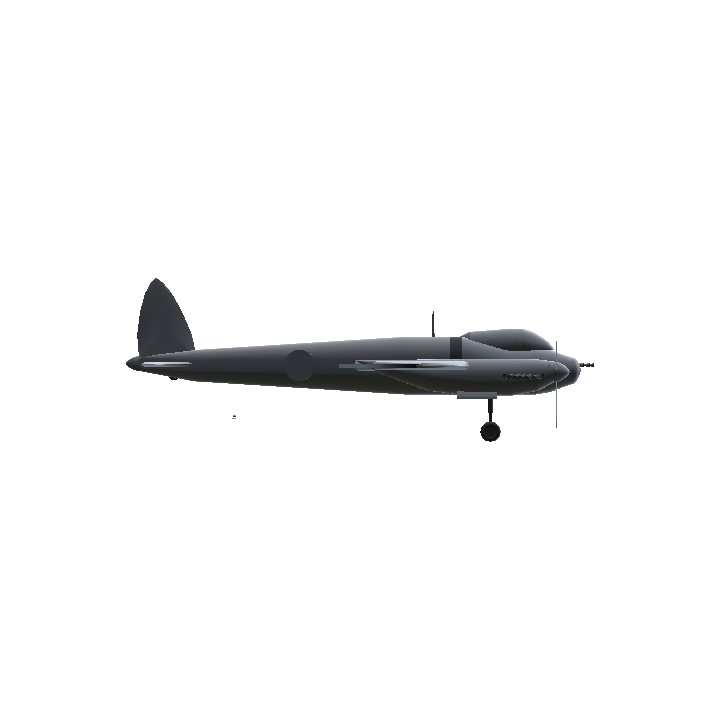
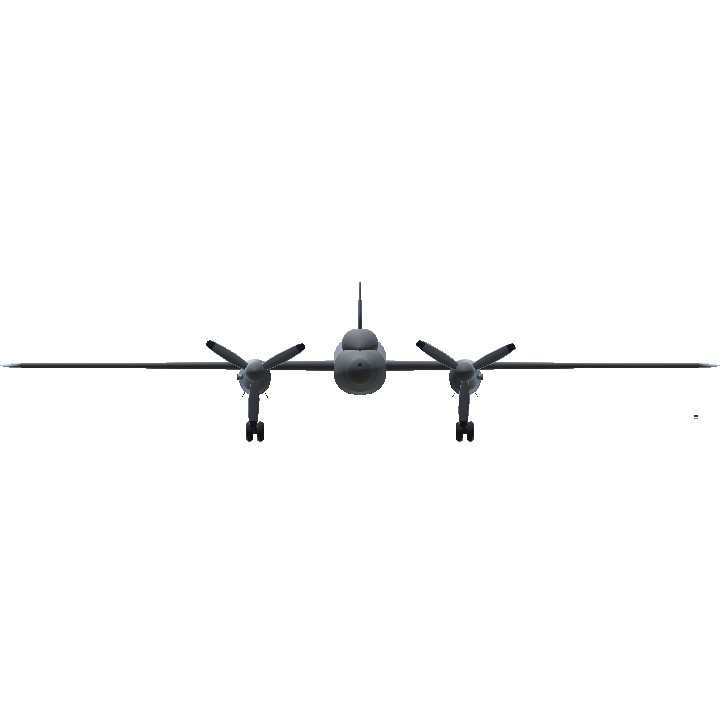
@HistoricBirds sorry for not being around , i was inactive , i built a hurricane with a pilot that can bail out in it , the pilot is equipped with a sea survival vest , also the plane floats
@pavthepilot you wanna come on mp? bring your spitfire
157.7.214.47 this plane
Congrats on silver!